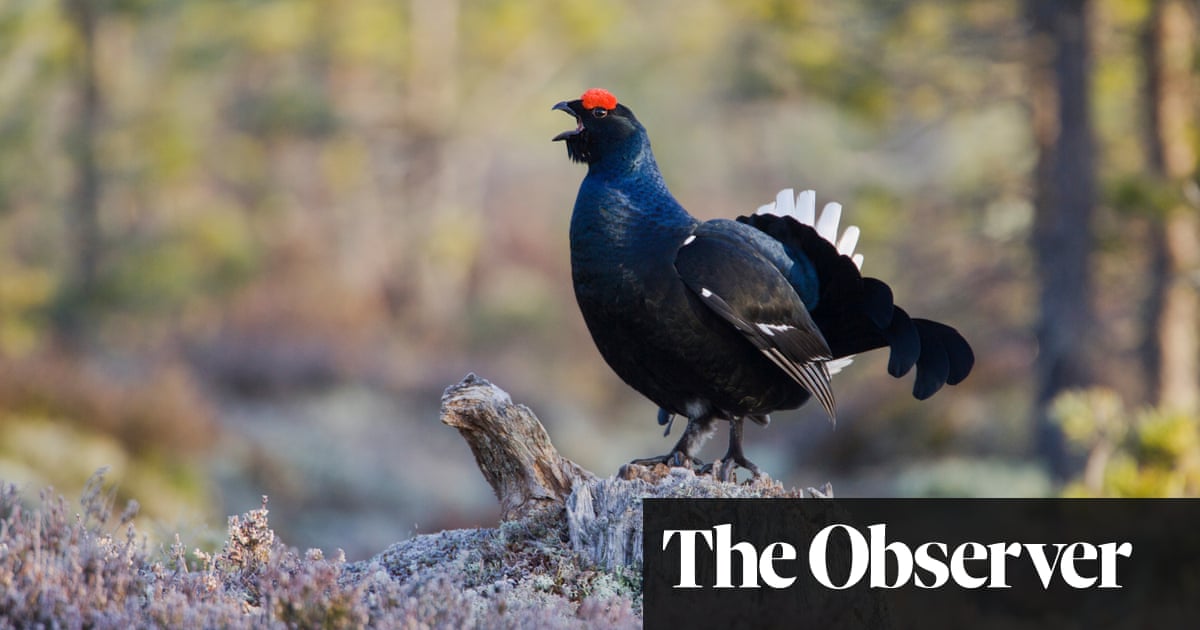Some of Scotland’s most famous bird species, including grouse and kestrels, are among those declining as a result of climate change, a new report has found.
The study, by public body NatureScot, charted the populations of Scotland’s terrestrial breeding birds between 1994 and 2022. It found significant changes to the numbers and species of birds living in the country’s urban, woodland, upland and farmland habitats, in large part due to hotter and wetter weather related to the climate crisis.
This is the best summary I could come up with:
It found significant changes to the numbers and species of birds living in the country’s urban, woodland, upland and farmland habitats, in large part due to hotter and wetter weather related to the climate crisis.
Black grouse, kestrels, greenfinches and lapwings have each seen their numbers reduced by more than 50% owing to factors including increased rainfall in summer, alongside the expansion of forests and changes to land management practices.
Oystercatchers, rooks and skylarks are also among those in decline, as is the capercaillie – a type of large woodland grouse which has protected status in Scotland but which has been close to extinction for about 20 years.
“With extreme weather such as flooding and heat becoming more prevalent, we must ensure that improving Scotland’s nature and habitats uses the latest science to help deliver the best results.”
Their overall numbers declined steeply between 2021 and 2022 in Scotland despite warm temperatures, a change which researchers suggest may be linked to the country experiencing its driest summer in 25 years.
“There is a real need for us to inspire people to connect with nature and to make biodiversity a central part of their lives – particularly in urban areas and less affluent communities,” she said.
The original article contains 547 words, the summary contains 205 words. Saved 63%. I’m a bot and I’m open source!



